All-weather capability could be slashed at two of Tayside’s busiest RNLI stations in a lifesaving review.
And it will see Arbroath or Broughty Ferry miss out on securing one of the organisation’s state-of-the-art Shannon-class lifeboats.
The current all-weather vessels at both stations are due for replacement within five years.
But plans have emerged for a single £2.5 million, jet-propelled Shannon-category boat between the two stations.
The other would receive a £180,000 Atlantic 85 rigid inflatable boat (RIB).
It is the RNLI’s fastest inshore response craft.
A decision on where the boats will be based is due next year.
The RNLI say the changes will enhance the lifesaving capability of the two stations.
But sources fear crew lives could be put at risk.
One insider said: “There is no comparison between these two craft and it would be crazy to put crews out into the North Sea in an open RIB.
“These are two stations which have suffered the tragedy of losing a crew in their time.
“The RNLI need to remember that history.
“It might have been a long time ago, but not in the minds of the stations or families still connected to those terrible incidents.”
What is the thinking behind the review?
The RNLI say: “Over the next five years, the Mersey-class all-weather lifeboat in Arbroath, and the Trent-class all-weather lifeboat in Broughty Ferry will reach the end of their operational service and need replacing.
“As such, the RNLI has started a joint lifesaving effect review with our lifeboat stations in Arbroath and Broughty Ferry.
“The early analysis of data shows that the introduction of an Atlantic 85 to one station, and a Shannon-class lifeboat to the other, will enhance our charity’s ability to save lives.
“That is all we know at this stage.
“The insight and contribution from both lifeboat stations is imperative in helping the RNLI reach a collaborative decision on the correct lifeboat configuration for this stretch of water.
“Both lifeboats remain operational during this time with no impact on serviceability.
“The review will run over the coming months with a decision expected in 2023.”
Arbroath Shannon delayed
Arbroath was due to receive a Shannon-class lifeboat by 2020 but the plan was put on hold.
It is one of Scotland’s oldest stations having been operational since 1803.
And it is the last in the country with a slipway.
Crews have responded to around 40 call-outs so far this year.
Many involve rescue missions at Arbroath cliffs.
Last month, the BBC’s Saving Lives at Sea series on the work of the RNLI featured the operation to save a spaniel which fell from the clifftop.
Broughty Ferry has frequently topped the league as Scotland’s busiest lifeboat station.
In 2020 its boats launched almost 140 times and saved eight lives.
An experienced sailor recently praised its crew after a 90-minute ordeal adrift in the Tay when her catamaran capsized.
Present capability
Each of the Tayside stations currently has an all-weather and inshore lifeboat.
Arbroath is equipped with the all-weather Mersey-class Inchape and D-class ILB Robert Fergusson.
The Ferry has a Trent-class boat, Elizabeth of Glamis, and D-class ILB Oor Lifesaver.
Here we look at the different technical capabilities of the two lifeboats.
There is already one Shannon-class lifeboat in Tayside.
In 2016, Montrose became the first station in Scotland to get the modern craft.
The RNLB Ian Grant Smith was paid for with a bequest from the family of the Edinburgh lawyer the vessel is named after.
Stations’ darkest days
Early concerns have emerged around the differing capabilities of the two craft.
And station sources say the tragic history of Arbroath and Broughty Ferry cannot be overlooked.
In October 1953, the Arbroath lifeboat Robert Lindsay was overcome by heavy seas in the town station’s darkest day.
It had been sent out to help a vessel in distress and was returning home when it capsized just a quarter of a mile from the town harbour.
Six crewmen died.
The only survivor was one man who managed to grab a rope thrown from the sea wall by rescuers who saw the disaster unfold.
Just six years’ later, in December 1959, the Ferry station was rocked by tragedy.
The Broughty lifeboat Mona was launched to go to the aid of the North Carr lightship reported adrift in St Andrews Bay.
The lightship crew were able to drop anchor and were rescued the following morning.
But a helicopter search revealed the sight of the Mona capsized on Buddon Sands, with all eight of her crew lost.
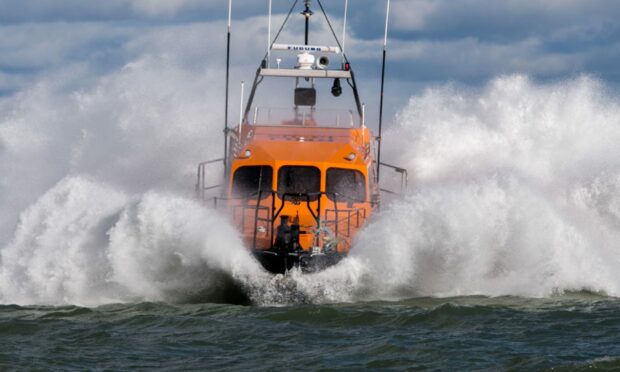
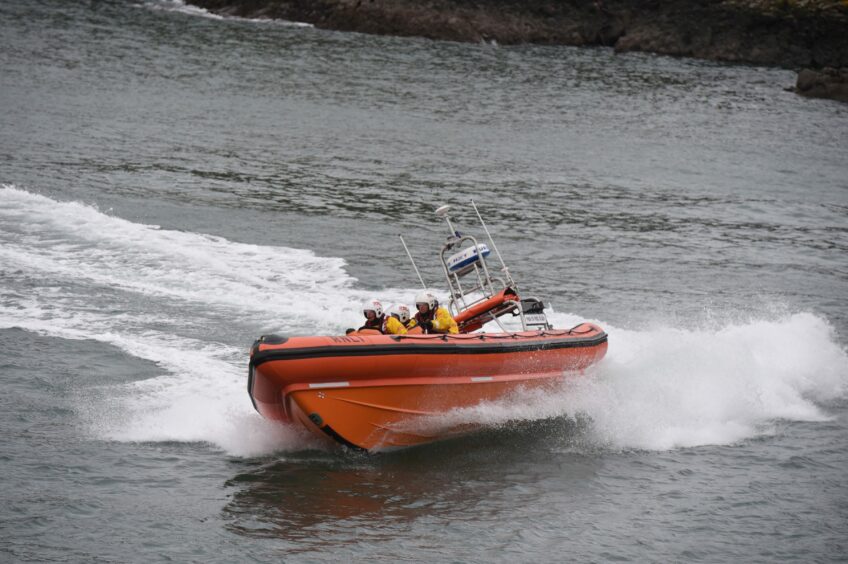
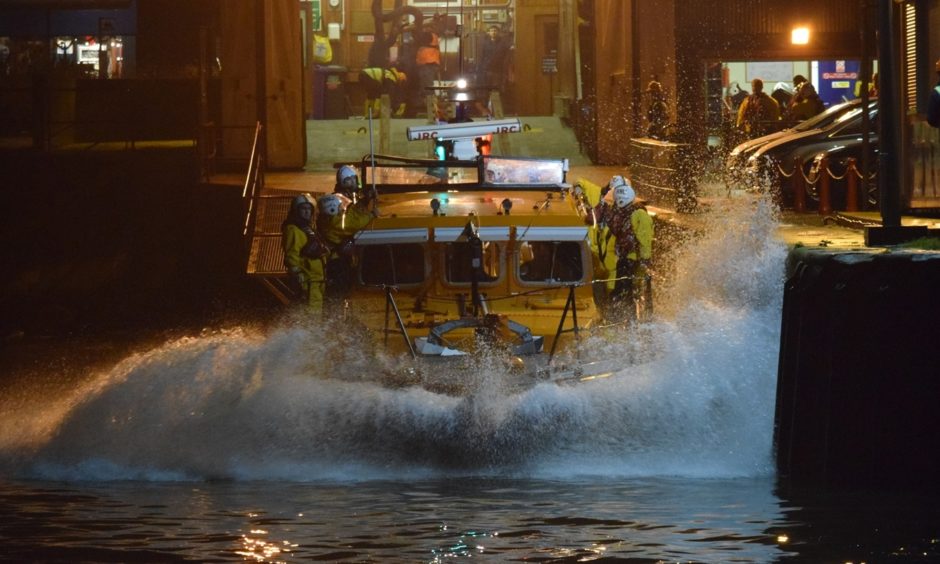
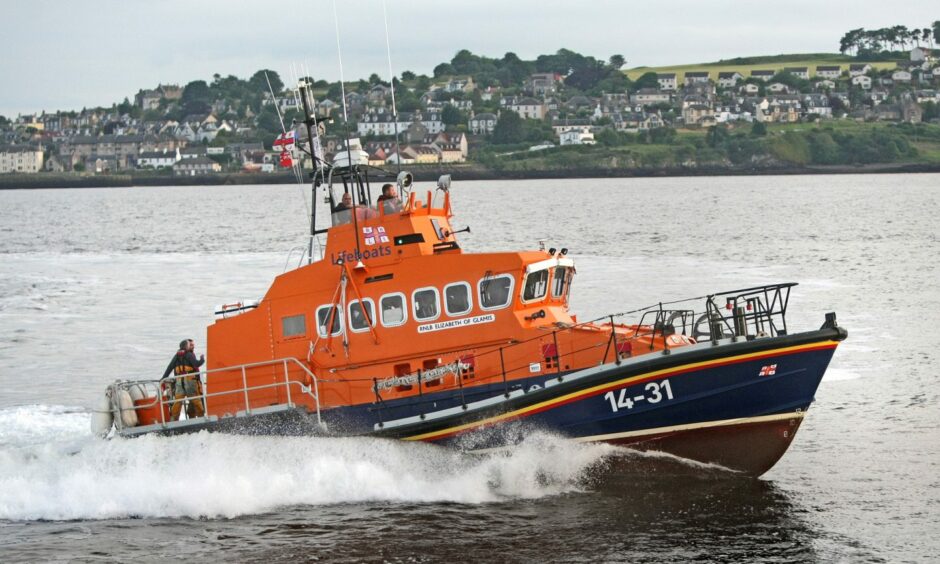
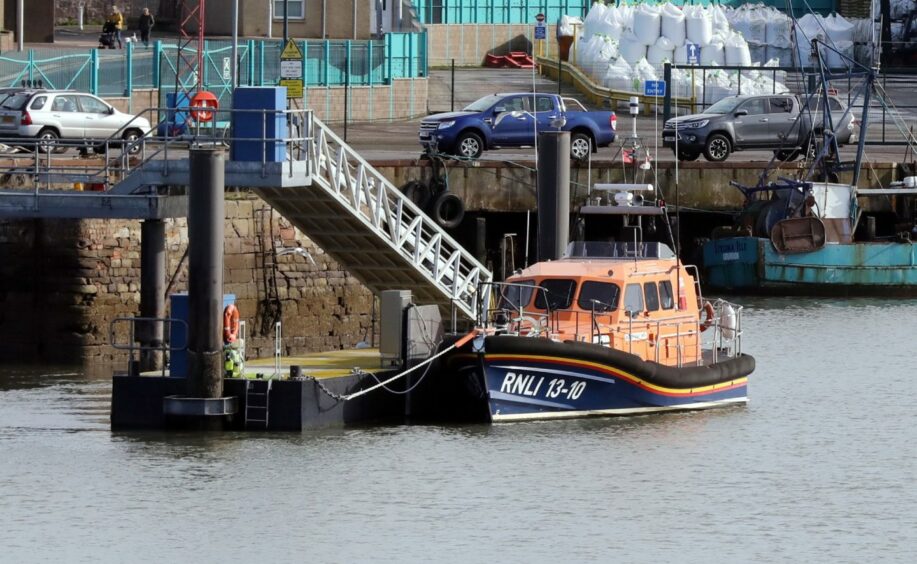
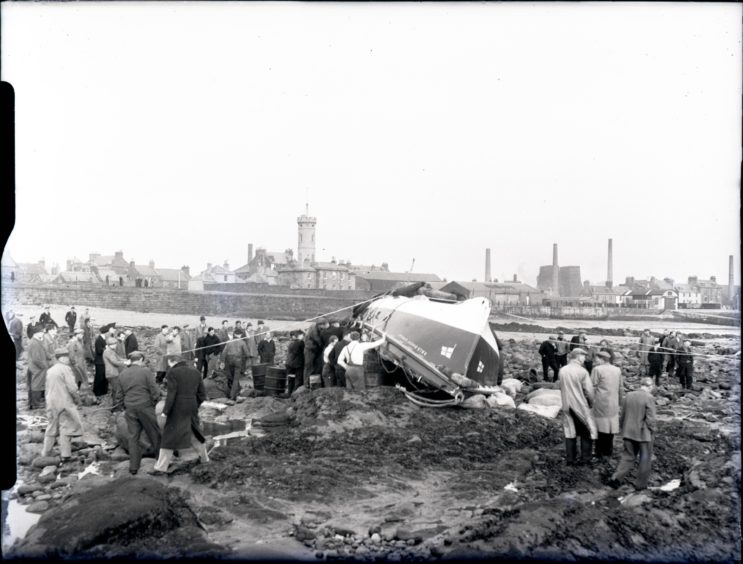
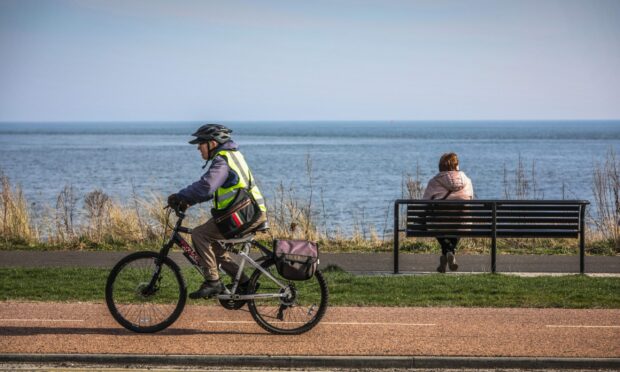
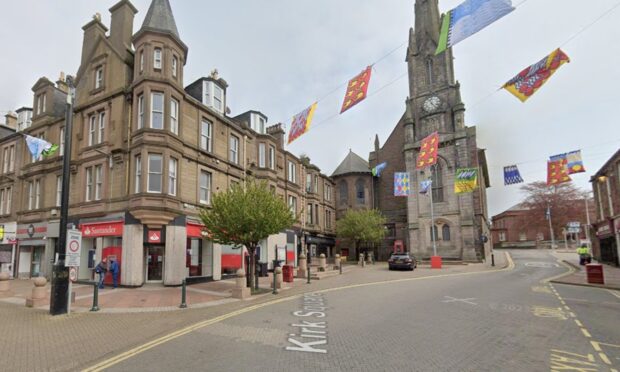
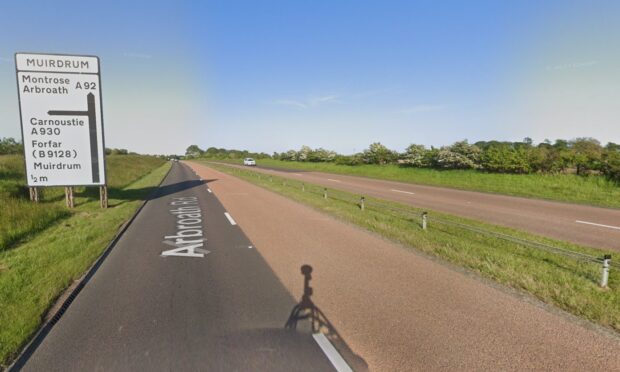







Conversation